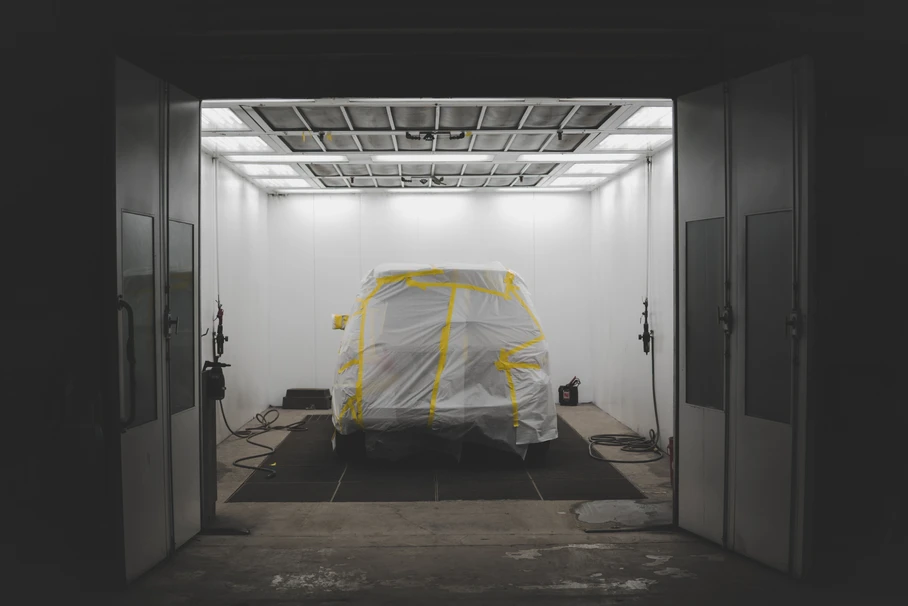When it comes to automobile collision repairs, one of the most discernible indicators of quality is the paint job. A vehicle’s paint isn’t just about aesthetics; it’s a protective layer against elements. But post-collision, the challenge lies in seamlessly blending the new paint with the old. Let’s explore the intricate dance of science and art that ensures a perfect color match every time.
1. The Science Behind the Hue:
Every car paint isn’t just a single layer of color. It’s a multi-layered coating comprising a primer, base coat (the color), and a clear coat for protection and shine. Getting that exact shade means understanding:
- Paint Codes: Every vehicle has a unique paint code, typically found on the manufacturer’s label inside the car. This code provides the formula for the base color.
- Tints and Toners: Even with the exact formula, slight adjustments often need to be made using tints and toners. Factors like sun fading or slight variations in factory paint require these adjustments for a seamless match.
2. The Role of Modern Technology:
- Spectrophotometers: These are devices that can scan your vehicle’s paint and provide a precise formula to recreate the exact color, accounting for wear and fading.
- Paint Mixing Systems: Advanced systems can recreate the exact formula provided by the spectrophotometer, ensuring a precise match down to the minutest detail.
3. The Art of the Blend:
Even with the perfect paint mix, the application plays a vital role. This is where the artistry comes into play.
- Blending Techniques: Instead of only painting the repaired area, technicians often blend the new paint into the surrounding areas. This ensures any minute color variations aren’t noticeable.
- Layering Mastery: The thickness of the paint layers, the angle of the spray, and the distance from the panel all affect the final appearance. Mastery in these techniques ensures the reflective quality of the new paint matches the rest of the vehicle.
4. The Importance of a Controlled Environment:
- Dust and Debris: Even the smallest particle can mar a perfect finish. That’s why professional paint jobs are done in clean, controlled environments.
- Temperature and Humidity: Paint reacts differently under varying conditions. Ensuring optimal temperature and humidity is crucial for a flawless finish and rapid drying.
In Conclusion:
Color matching is more than just mixing a bit of blue with a touch of yellow. It’s a symphony of science, technology, experience, and artistry. When done right, the results are seamless, making it seem as though the collision never happened. At our shop, we take pride in our color match mastery, ensuring that every vehicle that rolls out post-repair is a testament to our commitment to perfection.

